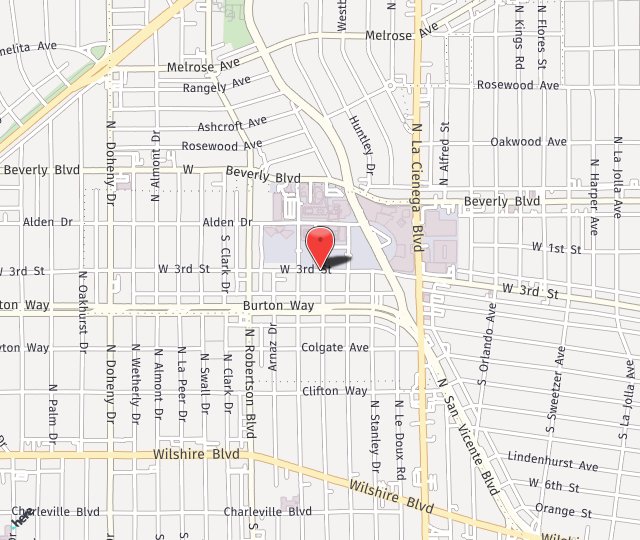When a Stinger is the Easy Way Out
- Posted on: Apr 15 2021

Dr. Seruya can diagnose and treat these injuries. He often needs to perform surgery to correct the damage.
What are the symptoms of brachial plexus injuries?
The signs and symptoms of these injuries vary widely depending upon the severity and location of your injury. Usually only one arm is affected.
Less severe cases often occur during contact sports, such as football. The nerves get stretched or compressed. These are the sensations:
- A feeling like an electric shock or a burning sensation shooting down your arm (hence the term “stinger)
- Numbness and weakness in your arm
More severe injuries seriously injure or even tear or rupture the nerves. The most serious injury occurs when the brachial plexus nerves are torn from the spinal cord. Symptoms of these more severe injuries can be:
- Weakness or inability to use certain muscles in your hand, arm, or shoulder
- Complete lack of movement and feeling in your arm, including your shoulder and hand
- Severe pain
Can my primary care doctor evaluate me for brachial plexus injury?
It’s unlikely that your primary care doctor who you see every year for your physical and other routine health issues would be able to diagnose brachial plexus injuries. That’s because he or she probably can’t conduct the tests necessary to gauge nerve function. These tests could be necessary to accurately diagnose these injuries:
- Electromyography (EMG) — A needle is inserted into various muscles. The electrical activity of the muscles is evaluated when they contract and when at rest.
- Nerve conduction studies — These tests usually accompany EMGs. They measure the speed of conduction in your nerve when a small current passes through the nerve. This shows how well the nerve is functioning.
- Magnetic resonance imaging — MRIs use powerful magnetic and radio waves to produce detailed views of your body in multiple plans. MRIs can show the extent of the damage caused by a brachial plexus injury.
- Computerized tomography myelography — CT scans use a series of x-rays to create cross-sectional images of your body. CT myelography adds a contrast material, injected during a spinal tap, to produce a detailed picture of your spinal cord and nerve roots during a CT scan.
If you’re exhibiting signs of nerve damage, you need to contact a nerve specialist such as Dr. Seruya. To make an appointment, please call Dr. Seruya at (310) 423-2129.
Posted in: Brachial Plexus Palsy (Erb’s Palsy)

